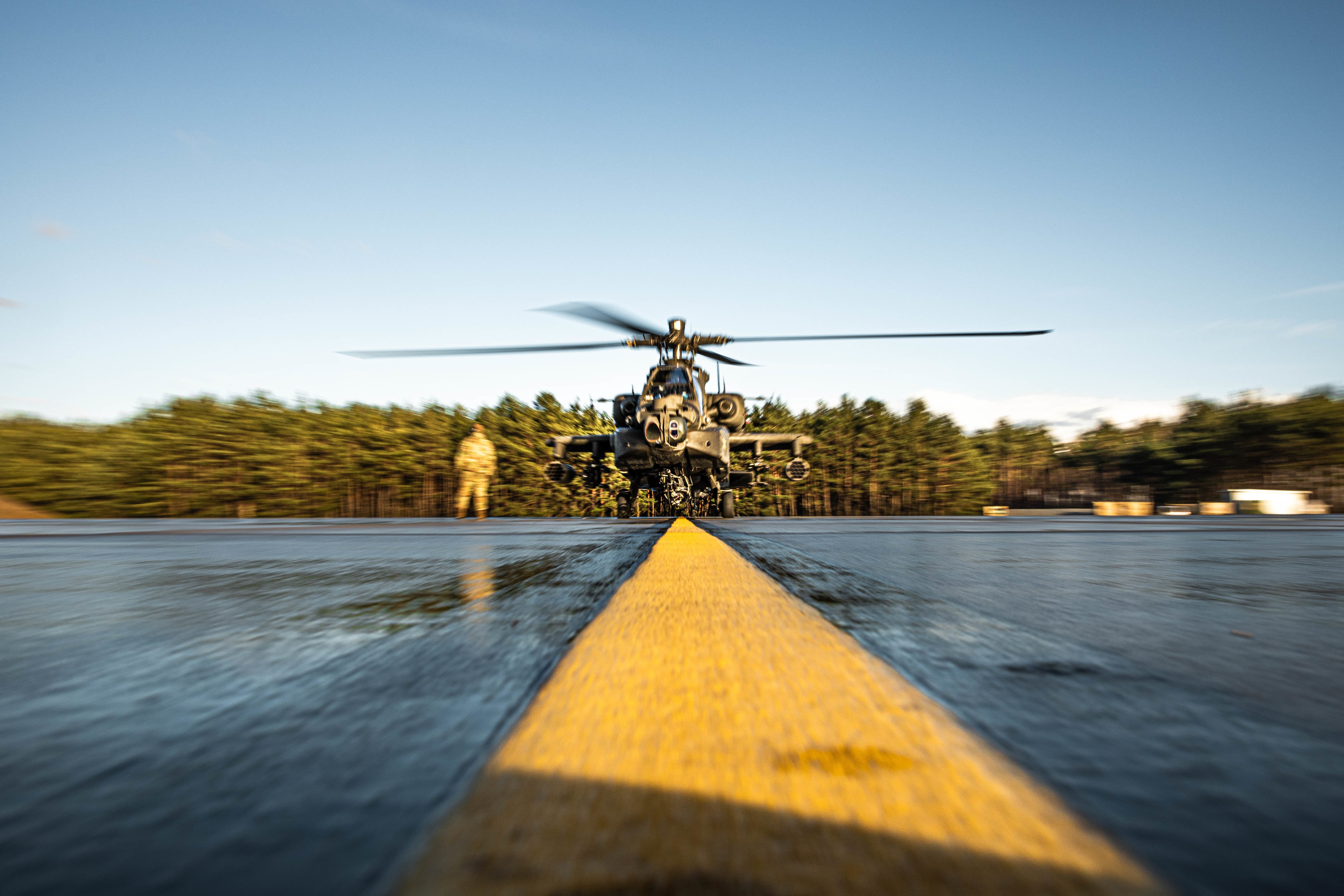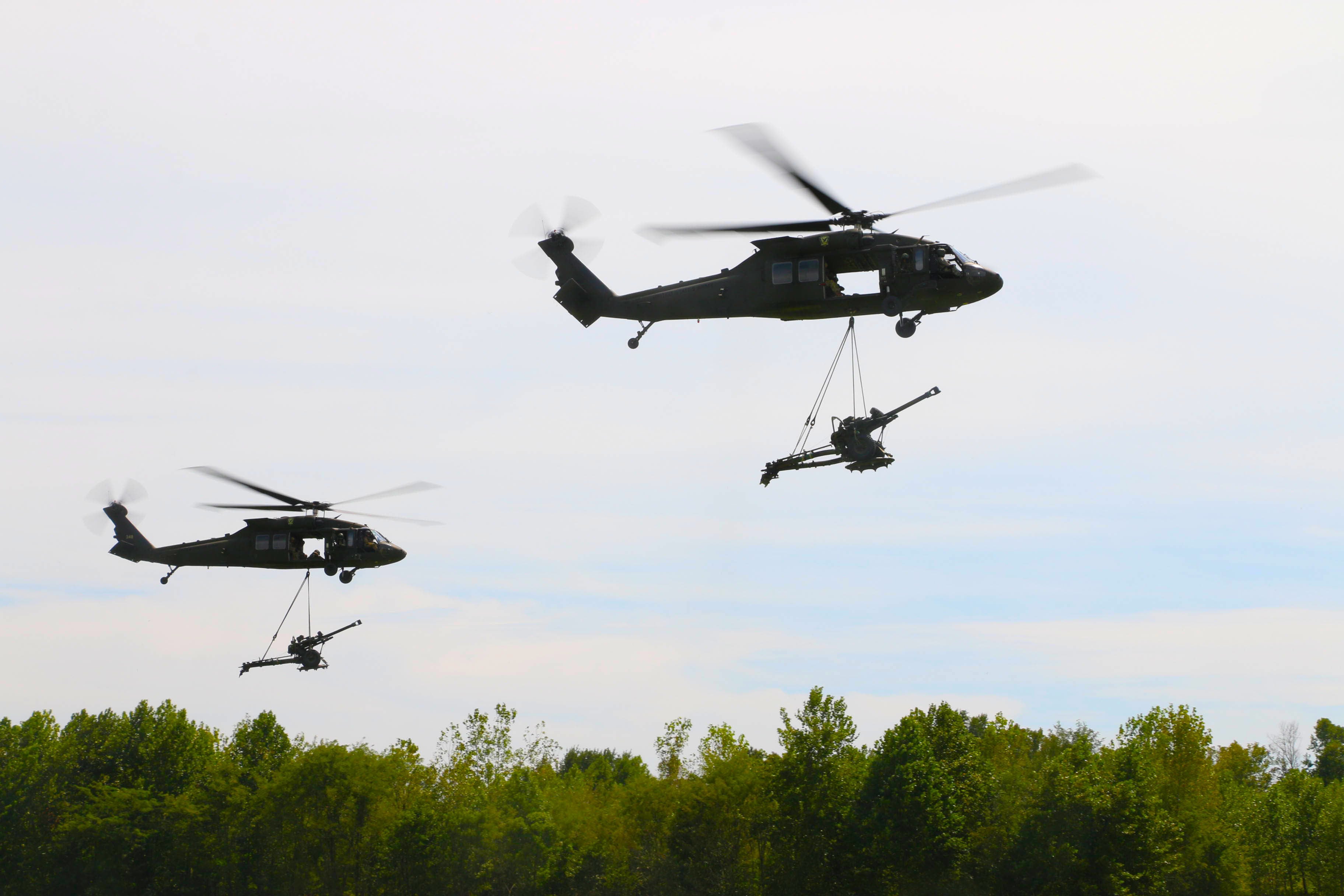WASHINGTON — A few months ago, the Army’s aviation community appeared to be facing a dire situation.
A series of deadly helicopter crashes killed 14 soldiers between February and April, interrupting one of the safest periods in the Army’s flying history.
That led the service’s leaders to order an Army-wide safety stand down in May — the rare move grounded all non-deployed flying units until they completed a mandatory safety training program led by their commanding generals. The sessions, leaders said, also allowed junior troops and other community members to provide feedback on safety practices and challenges in the community.
RELATED

Ahead of the Association of the U.S. Army annual meeting, Army Times spoke with aviation branch chief Maj. Gen. Mac McCurry, who commands the aviation schoolhouse and Fort Novosel, Alabama, about the stand down’s findings and ongoing initiatives in Army aviation. McCurry had not yet briefed senior leaders on the findings as of the Sept. 21 interview, so senior leaders have not finalized corresponding policy initiatives.
McCurry says he is optimistic that the service will learn the right lessons from the stand down as it shifts its focus to a potential large-scale war with a foe like China.
“I think Army aviation is at an inflection point — we’ve been here before; we have the right leadership in place,” he said.
The Army’s top aviator said the stand down confirmed some commonly understood or long-suspected phenomena in the community that are affecting safety and readiness.
McCurry highlighted the high op tempo that combat aviation brigades face.
“We knew that the units in our combat aviation brigades were running hard...and so that was confirmed,” he said.
Many of the tasks that take aviation troops from home include training and rotations overseas, which isn’t too different from the era of the Global War on Terror.
But because today’s preparations are focused on “training to employ [flight] platoons, companies and battalions,” the build-up is more intense and less predictable for planners, maintainers and others, he said.
During the counterinsurgency-focused years, Army aircraft mainly operated in two-ship teams, the general explained. That meant maintenance personnel could work in staggered teams and maintain 24-hour operations. But when you’re training to fight a high-intensity war, that requires having more helicopters in the sky — and more planning and last-minute work.
Maintainers also grew accustomed to having contractor support when deployed, McCurry added, so “in many cases...we deployed all the crew members but not all the maintainers.” That means a generation of mid-career maintenance personnel don’t have “the sets and reps” of experience that they could’ve gotten.
He’s optimistic that a revamped maintenance training program — which formally ties career badges to proficiency testing — can ensure units are able to accurately assess and enhance their maintainers’ skills.
McCurry also said the stand down highlighted how today’s younger pilots largely don’t have the War on Terror-style combat deployments that would allow them to accrue hundreds of operational flying hours.
“We’ve seen a pretty significant drop in the flight hour level of any given warrant officer cohort,” he said. That’s increased the importance of risk management and “tailored” mission design and briefing.
Other findings from the stand down were less intuitive, according to McCurry.
The general noted that today’s troops are very aware of the service’s strategic priorities, thanks to modern communications, which has units anxious to do complex training to prepare for high-intensity conflict. But some units, because of the experience gap and the heightened learning curve for such work, “were jumping to some collective things before we had focused on the fundamentals.”
“We saw some units were out-training their level of experience,” he added. To address that gap, McCurry said, the branch is trying to improve individual tactical and technical training courses, recruit more instructor pilots, and standardize crew certification on training progressions.
In addition to harnessing the lessons learned from the stand down, McCurry shared that the aviation branch is leaning into its heritage in an effort to build cohesiveness across the community.
The effort, dubbed “Operation 83″ after the year when aviation became a standalone career branch, uses historical lessons to impart pilots “with the sacred trust Army aviation enjoys with the soldier on the ground.”
Overall, McCurry is pleased with the progress the Army has made in preventing more deadly aviation mishaps after this spring’s accidents, and he expressed his “heartfelt condolences and care to the families of those we lost.”
“Since that time, we’ve flown over 213,000 hours,” while experiencing only one Class A mishap, he said. But McCurry added that he is “not satisfied.” And he won’t be until Army aviation has another year without losing any soldiers.
Davis Winkie covers the Army for Military Times. He studied history at Vanderbilt and UNC-Chapel Hill, and served five years in the Army Guard. His investigations earned the Society of Professional Journalists' 2023 Sunshine Award and consecutive Military Reporters and Editors honors, among others. Davis was also a 2022 Livingston Awards finalist.





